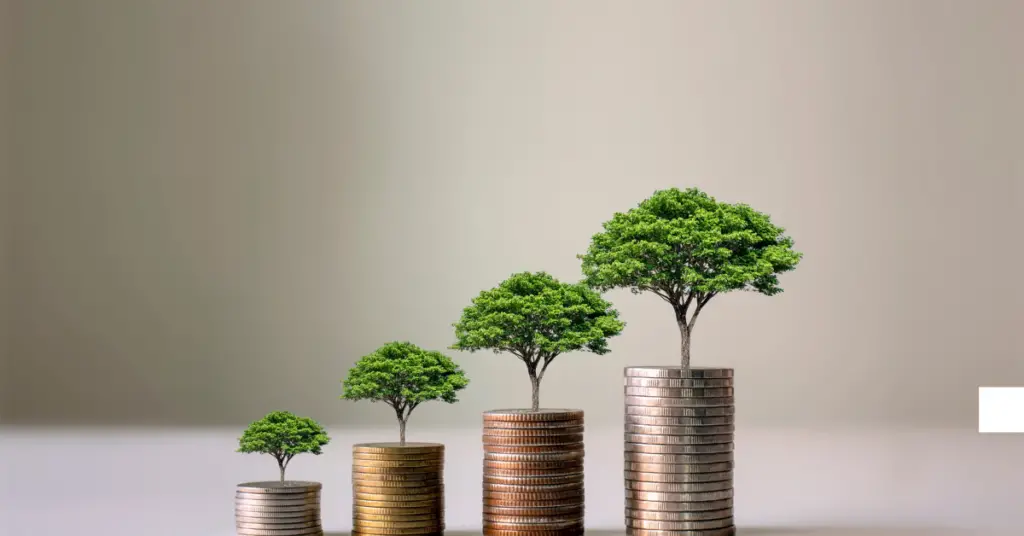Population ecologists are using various methods to model population dynamics. An accurate model should be able to describe changes occurring in a population and predict future changes.
Exponential And Logistic Population Growth
The two simple models of population growth use deterministic equations (equations that do not the number of random events) to describe the rate of change in population size over time. The first of these models, with exponential growth, describe populations that increase in number without limit to their growth.
The second model, logistic growth, introduces limits to reproductive growth which become more intense as the size of the population increases. Neither model adequately describes the natural populations, but they provide points of comparison.
Exponential growth
Malthus published his book in 1798 stating that populations with abundant natural resources grow very rapidly. However, they limit future growth by depleting their resources. The initial pattern of accelerating the population size is called exponential growth. Bacterias reproduce quite fast, the number of bacteria will double from 1000 to 2000 after just one hour. In one hour, each of the 2,000 bacteria divides, producing 4,000 bacteria and so on.
The important concept of exponential growth is that the growth rate is the number of organisms added at each reproduction generation itself increasing; that is, the size of the population increases at an ever-faster rate.
When the population size, N, is plotted over time, a growth curve in the form of J is produced. The example of the bacterial flask is not a good example of the real world where resources are generally limited. However, when a species is introduced to a new habitat that it finds suitable, it may show exponential growth for some time. In the case of bacteria in the flask, some bacteria will die during the experiment and then not reproduce; therefore, the growth rate is lowered from a maximum rate in which there is no mortality.
Logistic Growth
Great exponential growth is only possible when infinite natural resources are available; this is not the case in the real world. When resources are unlimited, the population exhibits – exponential growth, represented by a J-curve. When there are limited resources populations show logistic growth.
In logistic growth, population expansion declines as resources become scarce and stabilize when the carrying capacity of the medium is reached. The growth chart of logistics is in the form of limited resources looks like S.
Those who succeed are more likely to survive and pass on the traits that created their success in the next generation at a faster rate (natural selection). By modeling the reality of limited resources, population ecologists have developed the logistic growth model.
Carrying Capacity and Logistic Model
In the reality, with its limited resources, exponential growth can’t continue. Exponential growth can occur in environments where there are few individuals and plentiful resources, but the number of individuals becomes big enough, the resources will run out and the growth rate will slow down.
At one point the growth rate will stabilize or go down. The population size, which is determined by the maximum population size that a particular environment can support is the carrying capacity, symbolized by K.
In real populations, a growing population often exceeds the self-sustaining capacity, and the mortality rate increases with the birth rate, bringing the size of the population back to or below capacity. Most populations generally fluctuate around carrying capacity.
A logistic growth looks like an S-shaped curve. This is a more realistic population growth model than exponential growth. There are three different sections for an S-shaped curve. The growth is initially exponential because there are few individuals and vast resources available. So when the resources start to run out, the growth rate drops.
Logistic Growth Examples
Yeast, a single-celled fungus used to make bread and alcoholic beverages, has the classic S-shaped curve when grown in a test tube. Its growth stabilizes when the population is depleted of the nutrients necessary for its growth. There are variations to this ideal curve in reality, the population size exceeds the carrying capacity for short periods of time and then decreases below the capacity. However, even with this fluctuation, the logistic model is confirmed.

Erzsebet Frey (Eli Frey) is an ecologist and online entrepreneur with a Master of Science in Ecology from the University of Belgrade. Originally from Serbia, she has lived in Sri Lanka since 2017. Eli has worked internationally in countries like Oman, Brazil, Germany, and Sri Lanka. In 2018, she expanded into SEO and blogging, completing courses from UC Davis and Edinburgh. Eli has founded multiple websites focused on biology, ecology, environmental science, sustainable and simple living, and outdoor activities. She enjoys creating nature and simple living videos on YouTube and participates in speleology, diving, and hiking.

